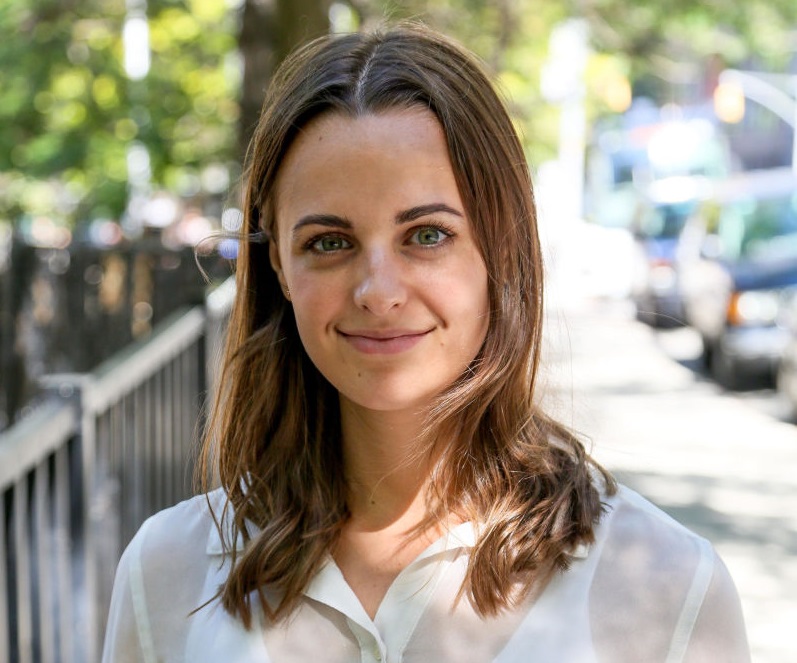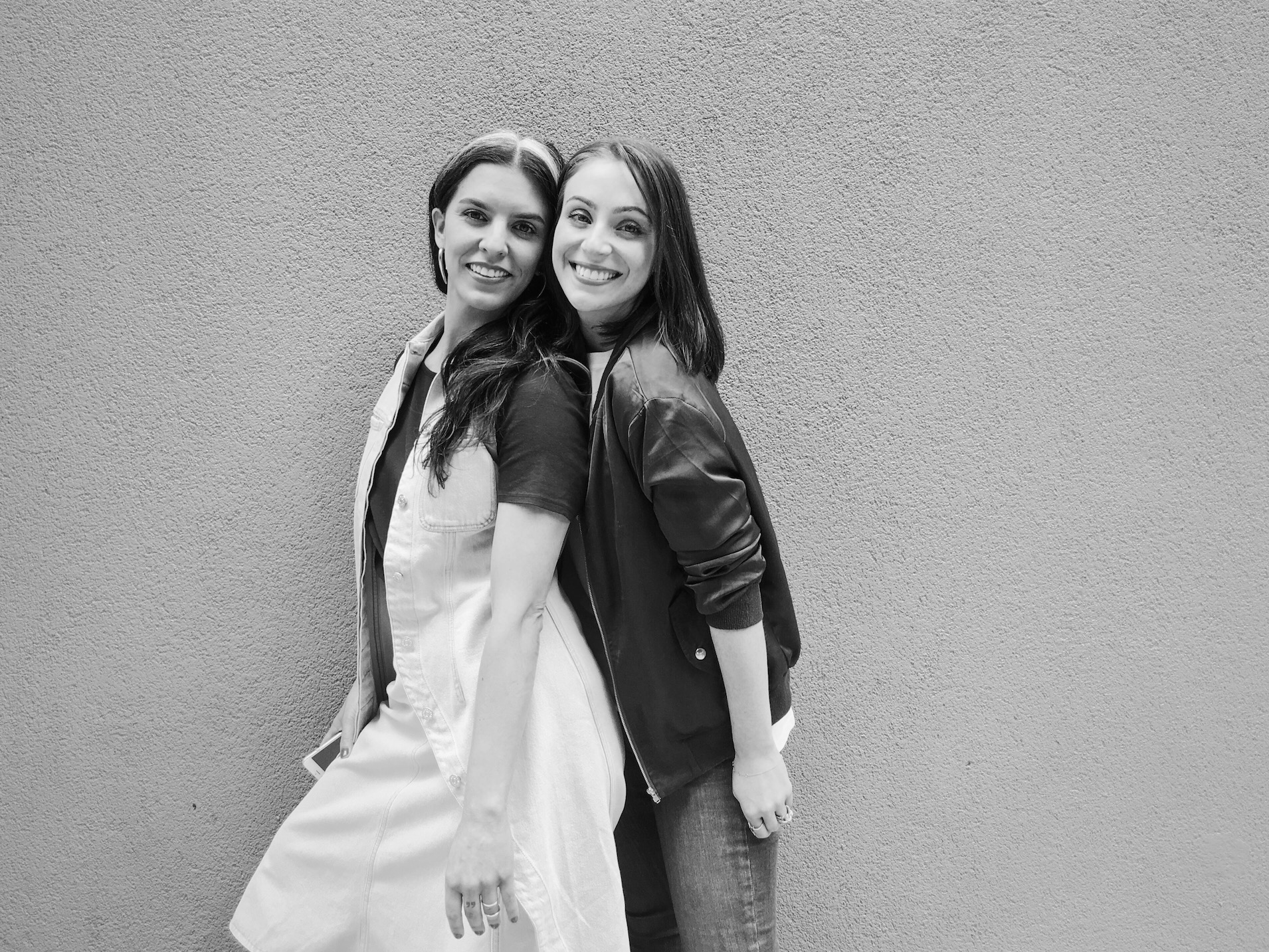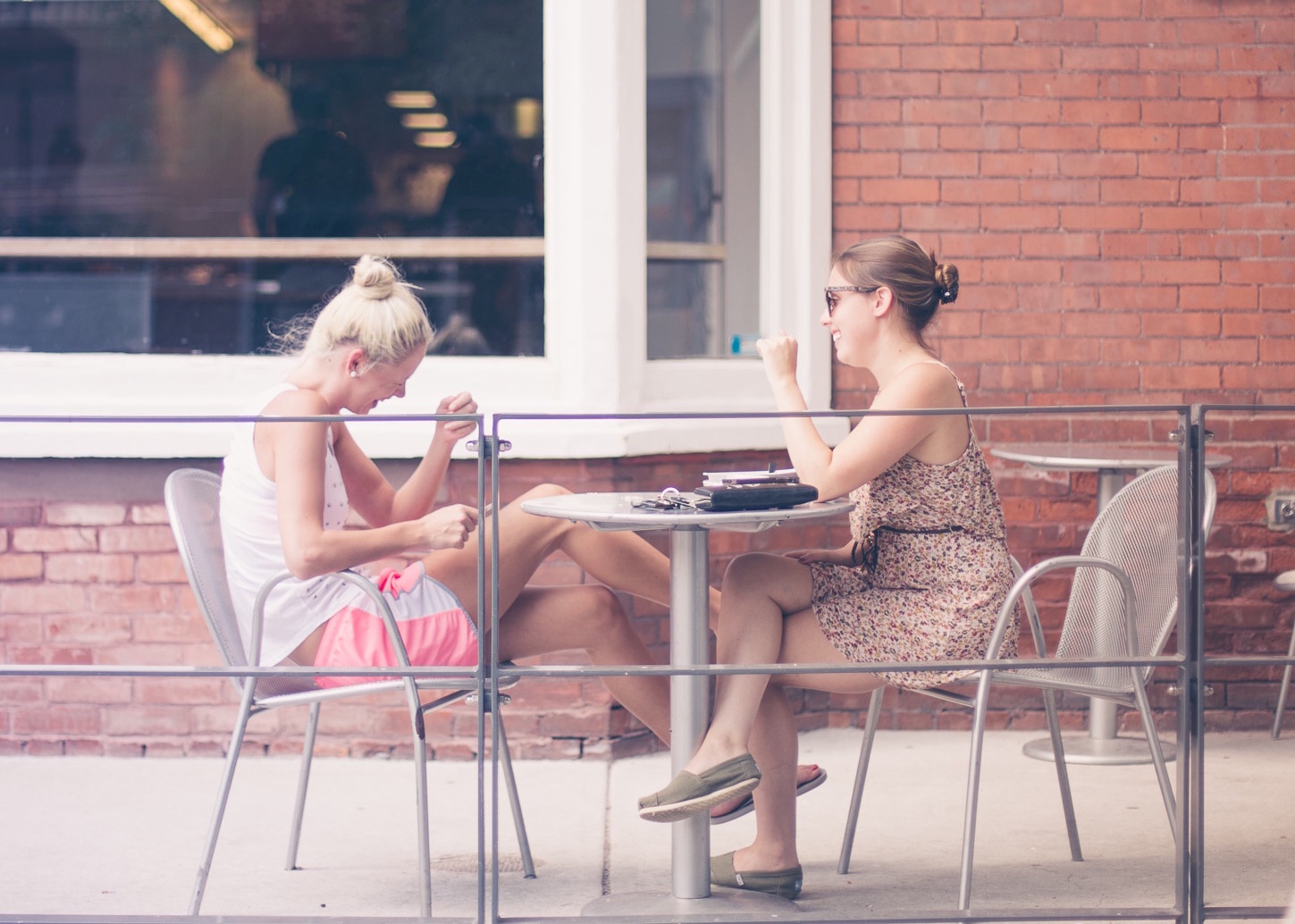By Ariana Marini
From politics to pop culture to human interest pieces, Maura Brannigan spends her days exploring fashion from all angles. Before she became the senior editor at Fashionista, Brannigan was writing and reporting digital stories for the now defunct Lucky magazine and Marie Claire. We caught up with her to learn more about producing successful fashion pieces, writing creative headlines, and the importance of paying it forward in the publishing industry.
Could you share a little about your career backstory?
Journalism wasn’t my original plan. I had spent my entire life writing and communicating stories in some capacity, but I applied to college wanting to study medicine. But after just one quarter, I realized I would’ve been much happier with the work I saw my friends in my college’s journalism school doing. At the end of freshman year, I dropped pre-med and applied to transfer into the journalism school. Once I got in, I realized pretty quickly that I wanted to focus on magazine-style features, but I didn’t know anything beyond that, so I made it a priority to use internships to figure that out. I did a lot of arts, culture and music reporting — and even some food stuff — but found myself coming back to fashion.
I knew I wanted to intern in New York the summer before my senior year, so I applied to an insane number of internships at every type of New York-based magazine, newspaper, website or publication I could find. I was so excited about a web internship I had applied for at Marie Claire, so when I found out I got it, I accepted it immediately. It was the best internship — ever. From there, I had kept in touch with my Marie Claire editors throughout the year and when an assistant role opened up in May, they emailed me to ask if I wanted to apply. I did and got the job. I’ll always be extremely grateful to my Marie Claire for that timing and opportunity.
How did you become interested in fashion?
It definitely began with my mom; she’s very knowledgeable in and appreciative of art and fashion. Vogue was always sitting around my house, and I have such distinct memories of pouring over the September issues with her every August before I started school again. She would give me lessons in all the legacy fashion houses and the designers who started them; she called it “mom’s salon.” I remembered being amazed at how fashion had the ability to both transport and transform you, and how it was such a unique blend of art and commerce. My love of magazines came from the time that I spent with her reading Vogue.
What’s one important lesson you learned from your interning days?
My answer is threefold. First: Make yourself invaluable. If you say yes to everything, make yourself to available to help with anything and, eventually, take initiative of projects that help make your supervisors’ jobs easier, they’ll want you on full-time. The best interns I’ve had are the ones who come to us with ideas that improve our workflow and show that they’re invested in what we’re all doing as a team. Second: I think there’s something to be said about being the first one in the office and the last to leave, and taking pride and ownership in your tasks and responsibilities. If you demonstrate that you’re passionate about and grateful for the role you hold, that will be reflected in your work. And third: Write handwritten thank you notes!
How have you seen fashion coverage change since you’ve been in the industry?
My job has changed almost completely since I first started out. As a digital assistant at Marie Claire, our team was still very much focused on repurposing stories from print for digital use. It was a big deal when we had any original content going up — and now, obviously, that’s all changed. That fast-paced newsroom mentality has carried over to websites of all sizes, with much more original reporting coming out of every nook and cranny of the internet, too. Everything has become much more democratized, which I think is great.
What types of articles are you most excited to write?
I love story ideas that pop into my brain semi-formed, like some sort of weird, journalistic vision. Most often, these are topics that I’m already passionate about but haven’t yet voiced or explored. I wrote a big story last summer about women’s sports fan apparel (and how much so much of it sucks for us, as women). I came up with that pitch when I was shopping for a Blackhawks jersey at a store in Chicago, and I fleshed it out from my phone 10 minutes later. Those are the most fun to write and report; I always feel like there’s more to learn, and deeper places for the story to grow.
What’s your favorite published piece that you’ve contributed to? Why?
About two and a half years ago, I wrote a personal essay about a cancer scare I had. It was important for me to write that piece to digest my own emotions, and my editors at Lucky (where I was working at the time) were incredible. Not only were they just so supportive throughout the whole editing process, but they helped me work the story into something constructive. With their guidance, it became a PSA for listening to your body and going to the doctor should you have even the slightest inclination that something is off. That exercise demonstrated first-hand what truly great, thoughtful editing is supposed to look like. And the feedback I received from the essay was unbelievable. For weeks after it was published, women reached out to me and shared their own similar experiences. I was so touched. I still have friends who tell me that they’ve gone to get a screening or an ultrasound or a mammogram — just in case — because of what I wrote. It means so much to have been able to turn my experience into something meaningful.
Do you have any advice for people who are trying to break into the industry?
I would give my two cents, but that would be nowhere near as wise as what Vogue’s executive director of communications Hildy Kuryk said in a recent interview we did with her: “You keep your head down. You respect the people who came before you. You ask polite questions. You always do your work. You always come prepared. You come early. You stay late. You work as hard as it takes. And you will be rewarded.” It’s not always easy, but work harder than you think you’re capable of, take the high road and be kind. You’ll never regret it.
What part of your job never gets old?
Getting to meet and interview cool, smart, innovative, brave, kick-ass women. I walk away from so many of my interviews with a fire lit under my butt — to be more creative or to think outside of the box or to put my own career in perspective. I know how gross this sounds, but it’s a real gift; it’s been the best kind of learning experience.
You’ve consistently served as a source for Ed2010 articles, providing tons of advice for aspiring editors. Why do you think it’s important to pay it forward in this business?
No one in this industry would have gotten to where they are today without the help or support of others. I am so, so thankful for the mentors I have and their constant encouragement and advice. They’ve guided me through it all, from salary negotiations to interview prep and everything in between. If I can provide even a teensy, minuscule fraction of what these people have given me, I’ll be extremely happy.
Follow Maura’s projects on Twitter and Instagram @maura_brannigan.




 Podcasts Every Mag-Media Professional Should Listen To
Podcasts Every Mag-Media Professional Should Listen To